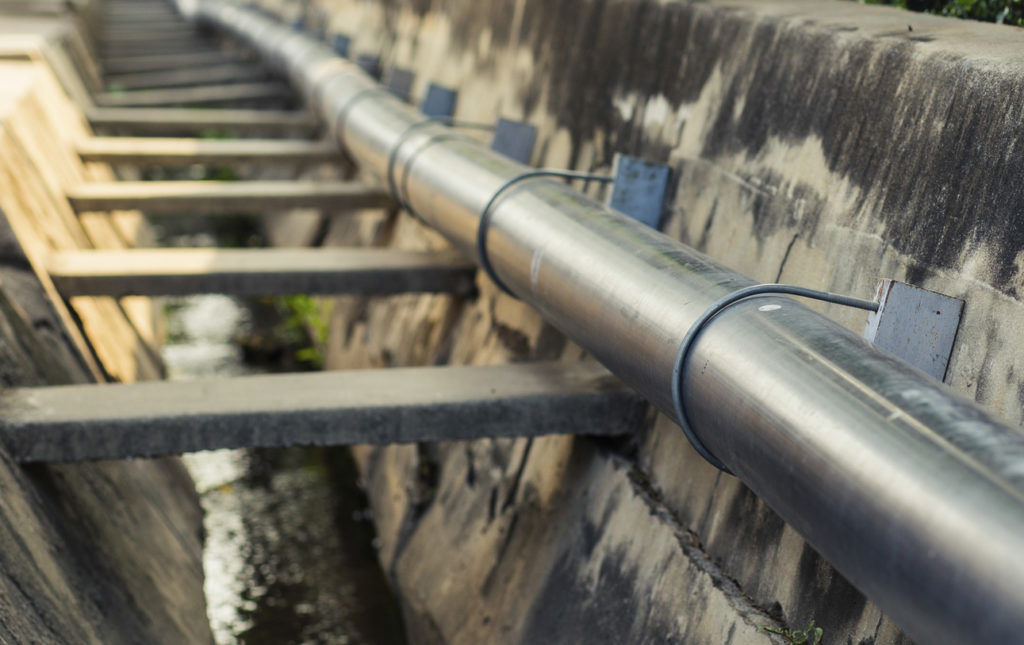How to Perform an Effective Wastewater Treatability Study

Biofiltration wastewater treatment systems can be efficient and economical technologies for breaking down and removing organic contaminants from wastes such as those produced in the food and beverage, chemical manufacturing, oil and gas, and municipal industries. These systems use bacteria and their naturally feeding and decay cycles occurring to break down and consume unwanted contaminants. Mostly used in odor control applications, these systems can biodegrade compounds in their vapor or gas phases, but they’re also used to treat wastewaters, which we’ll focus on here.
If your facility is troubleshooting your biofiltration wastewater treatment system, here are some things to look for and possible causes, but remember to always consult your system’s manufacturers and designers for any issues you may be seeing. This article breaks down the basics of these system as an overall introduction to some of the more familiar concepts but should not act as a replacement for your water treatment expert’s direction and the manufacturers recommendations, considering each system is as unique as its wastewater.
The system seems dry
When running a biofiltration wastewater treatment system, your facility will need enough water to ensure moisture is at the appropriate levels for your system and treatment needs. When the pollutants are in the water phase, your facility won’t typically see this issue—but when it’s treating vapor-phase odors and volatile organic compounds, make sure you have enough water running through the system to keep everything hydrated. For this reason, biotrickling filters will sometimes be a better choice than biofilters because biofilters tend to run dry, and when there isn’t enough moisture, the bacteria aren’t getting what they need in order to do their job and the system won’t work as well. With biotrickling filters, on the other hand, water is constantly trickling through the system and is always present, and therefore moisture is much more easily controlled.
The system’s nutrients are “off”
When a biofiltration wastewater treatment system doesn’t have enough nutrients (like nitrogen, phosphorus, magnesium, or potassium, etc.), you may find the system isn’t working well to remove pollutants or BOD. In order to determine if you’re adding the right amount of nutrients, measure the effluent for these nutrients and to make sure the pH is in range. If there are not any of these nutrients left and contaminants are present, this may be an indication you need to add more. (Be sure to always follow your system manufacturer’s guidelines on measuring and adjusting these nutrient doses.)
The system’s biofilm isn’t getting enough oxygen
As your facility measures effluent parameters (which it will be doing on a regular basis) and the oxygen levels seem to be slipping, this may indicate the facility has an aeration issue in the filter. This could mean that either there is a biomass clogging or the draft aeration isn’t working properly (likely due to not enough difference in temperature between outside air and inside air, but once you figure out which is the culprit you can either fix the clog with a scouring process or increase the airflow.
The system’s startup inoculum isn’t proliferating
Your system’s inoculum are the movers and the shakers of the biotreatment world—they’re what your entire wastewater treatment success hinges on. If a biofiltration wastewater treatment system doesn’t start with good bacteria, it doesn’t matter how good the system engineer, designer, builder, or operator are, the system will struggle. It’s important to treat a small stream of waste to see how effective the bacteria are at removing the contaminants first before the process is scaled up. Your system vendor should have qualified staff gather the right inoculum and show your operators what to do with it. Some may source a low-cost inoculate from a local biological wastewater treatment plant. If the bacteria need to be purchase, your vendor should buy the lowest amount needed to colonize the system and increase the load as needed until there is enough volume to treat the waste.
The wastewater contamination levels vary
If your facility experience large variations in flow, it’s important to understand the variation in terms of volume and mass of pollutants. Many system manufacturers will recommend equalization so you can control an average flow that the system is able to handle. Most systems will be able to handle roughly 20% increase or decrease in flow, and anything above or below this should be fed to an equalization tank where the flow rate can be more closely controlled as it’s fed to the system. The bacteria will increase and decrease their numbers automatically to account for the change.
Can SAMCO help?
SAMCO has over 40 years’ experience custom-designing and manufacturing wastewater treatment systems, so please feel free to reach out to us with your questions. For more information or to get in touch, contact us here. You can also visit our website to set up a call with an engineer or request a quote. We can walk you through the steps for developing the proper solution and realistic costs for your biological wastewater treatment system needs.
